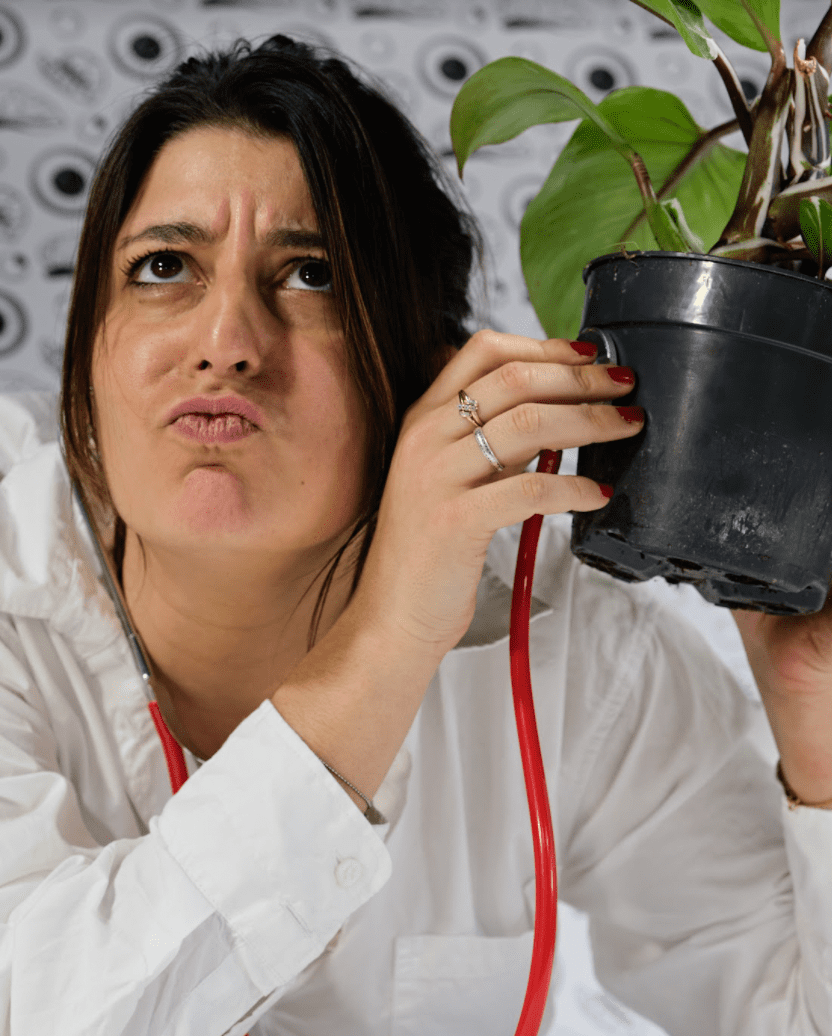
Your plant has droopy leaves and a sad face?
You followed all our advices and still are in despair?
No stress, just send us a little message explaining your problem and join a picture, we'll make sure to send our best advices to get it better.
E-Mail the Doctor
You followed all our advices and still are in despair?
No stress, just send us a little message explaining your problem and join a picture, we'll make sure to send our best advices to get it better.
E-Mail the Doctor
- Info & Care
- On each of our product pages, you'll be able to find personnalized advices on how to care for our plants (brightness, humidity, temperature...). These should already be a great start for you: don't hesitate to look around and read them.
- Mealybugs
- Mealybugs, Mealybugs... They sometimes love our plants as much as we do.
As soon as you see one, make sure to react quickly: they reproduce fast and they feed themselves from the plants' sap.
Among others, there are 2 specific varieties to know about: the white & sticky mealybugs, or the shelled ones.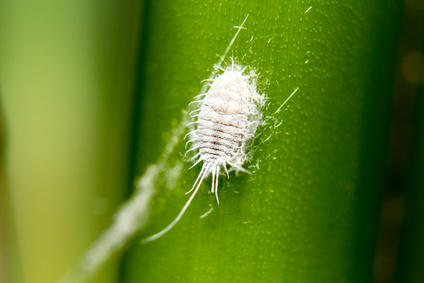
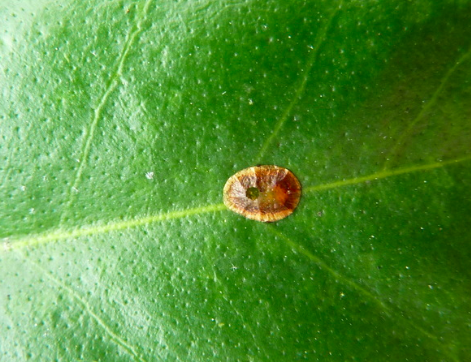
If you'd rather go for a natural treatment, there are several alternatives to consider:
- In 1L of water, dissolve: 1 spoon of liquid black soap, 1 spoon of vegetal oil, 1 spoon of rubbing alcohol (90°). Mix it in a sprayer, and spray it on all parts of the plant (stems, on top and underneath each leaf,...). Repeat once a day during 4 days.
- You can also spray liquid horsetail & nettle manure, dissolved in water
- There are also efficient natural predators, such as a sort of lady beetles you can buy and spread around. Careful however, they reproduce quickly too.
Once your job is done, remove the dead mealybugs one by one and keep checking if no survivors come back to haunt you. - Thrips
- Another type of annoying pest! There are more than 3000 different types of them, but here are the 2 main ones you could meet.
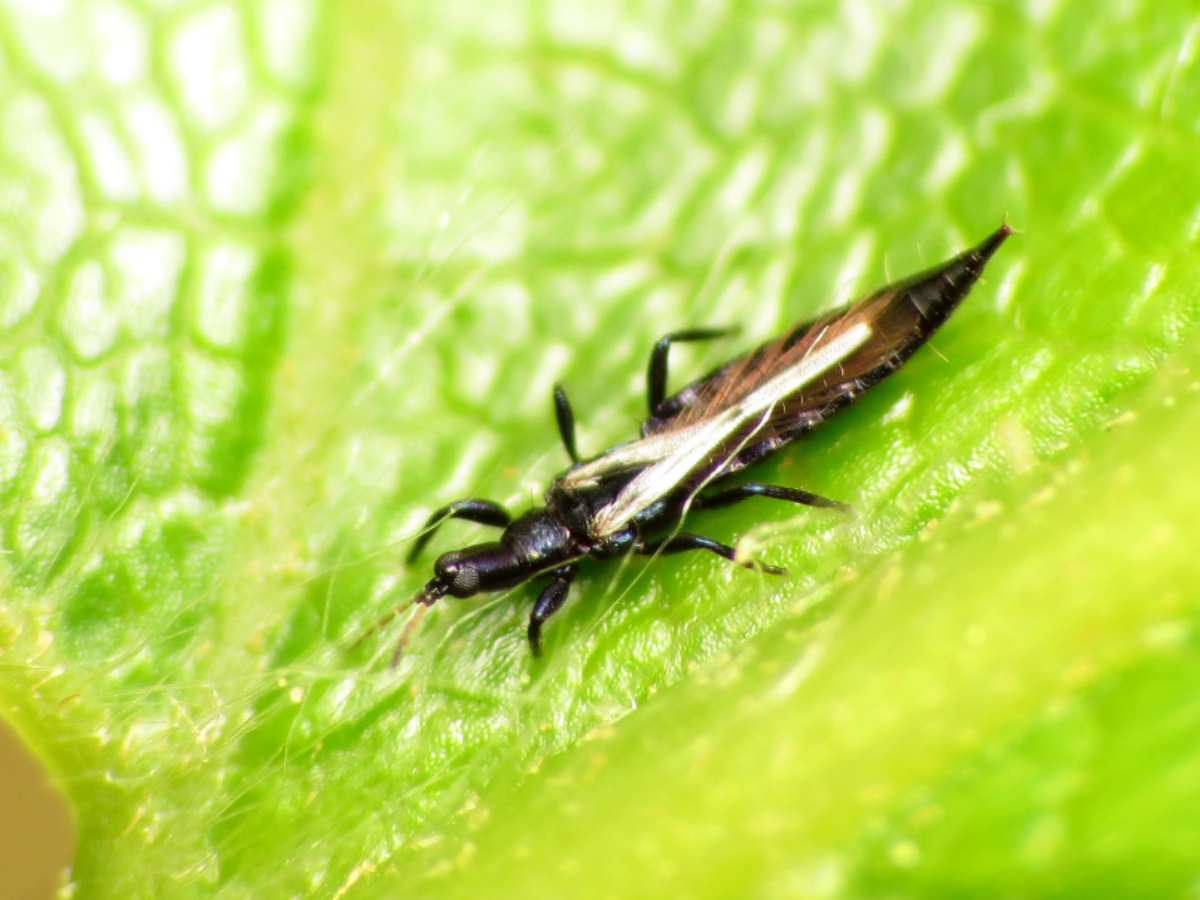
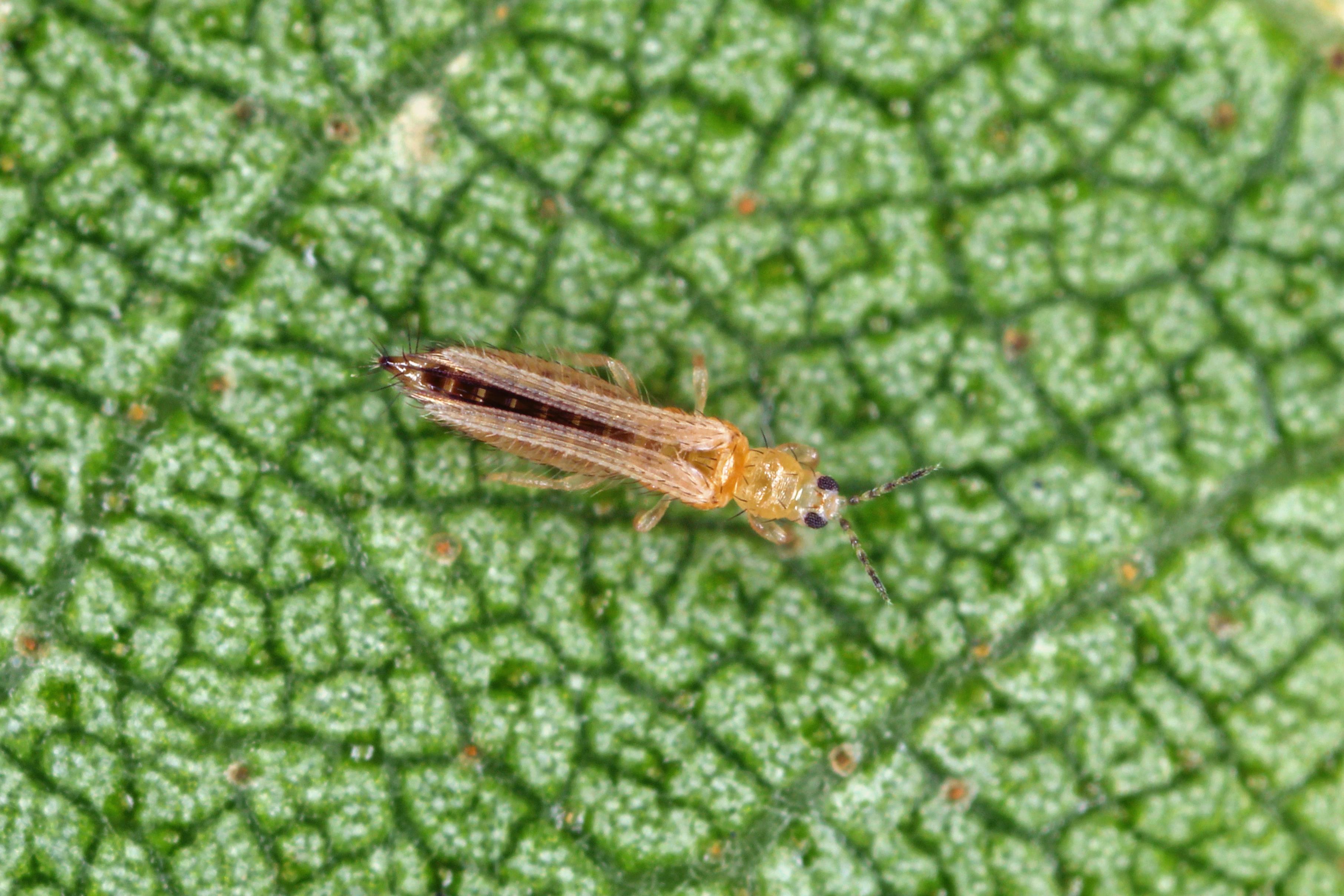
If ever you find one of those sexy beasts, be efficient! They spread super quickly (yes, because it also flies) from a plant to another: in less than a breath, all your plants might have them around. So if you see littles spots like those, you should check if you don't find any.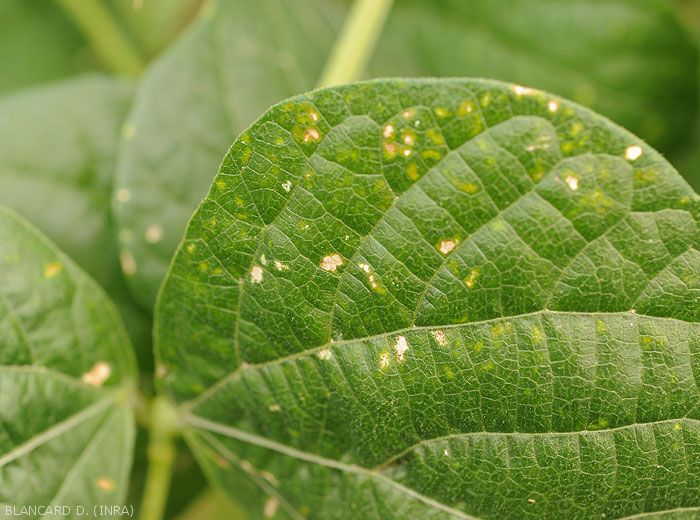
In case of early detection and low level of invasion:
- First, isolate the plant in question in another room, so they can't get to the other ones
- Use sticky blue leaves, which attract thrips to fly on it and stay stuck
- Spray the leaves with water as much as you can (thrips don't like humidity)
These actions might be sufficient to stop the propagation.
If it doesn't work or if you identify a strong invasion:
- Cut the leaves that are the most damaged or infested
- Shower your plants with a strong stream, so the thrips fall off the leaves
- Repot the plant in a new potting soil
- Mix black soap with a natural insecticide (for example a garlic decoction) and spray it intensively on all parts of the plant
If nothing works, you can totally go for a more chemical ready-made product, just make sure their components aren't too dangerous for the environment. Prefer those made of Pyrethrin, Neem oil etc... - Mites & red spiders
- Starting to notice small webs on your plants? Look closer... even closer... and if you see small bugs, well, time for a new treatment. Those little mites aren't bigger than 1mm and usually appear when it gets hotter than 20°C and humidity remains low (the hotter & dryer, the happier they are). Drumrolls... Here they are:
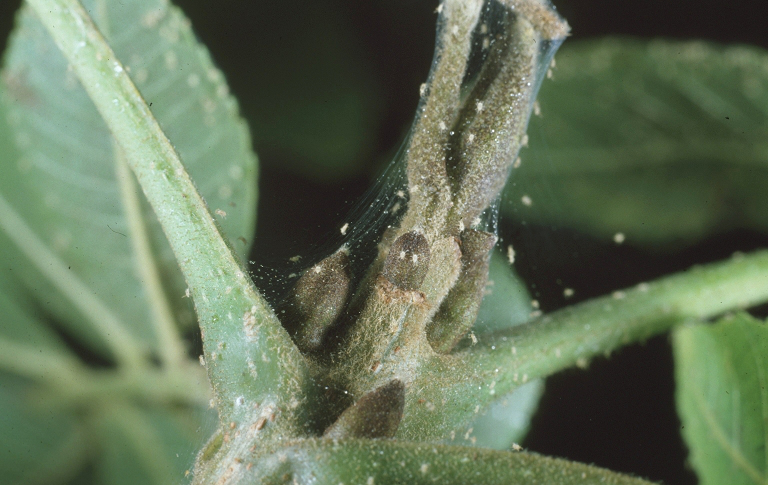
They can generate microscropic bites, resulting first in tiny spots, than yellow or dried out leaves. If you let them proliferate too long, they could even kill your plant and attract numerous other parasites. Shady bunch.
First thing to do: if your plant is near a heating source, make sure you move it away to another place.
Also on a more general note: using natural fertilizer like compost usually helps preventing their appearance.
Before annihilating them with heavy artillery, we advise to start slowly first:
- Put your plant under a shower and spray the mites away. This will lead most of the adults and eggs to fall off. Then wash the leaves with a moist cloth to take off the remainders.
- Then spray water over and under each leaf, 2 times a day minimum (just like thrips, they don't thrive in humidity)
If this doesn't work out, here are other solutions:
- Chrysopa are a natural predator for most types of mites. If your environment allows it, display them and let them work on your problem.
- Some essential oils can also be quite efficient (mint, cilantro, chamomile...), add 3 or 4 drops of them in your sprayer
- Sprayed Neem oil is also efficient to suffocate the mites
- And if you don't want to start with all these oils, simply use your dishwashing liquid: 3 big spoons of it in 4L of water, and spray away. - Ground gnats
- Hundreds of gnats flying around your plant? Don't question us: just buy fresh nematodes, dissolve them in water, and water your plants with it. They'll just eat all the beasts until their full disappearance in 2 weeks. As soon as there's nothing to eat anymore, nematodes will disappear as well.
- Cryptogamic & Fungal diseases
- Fungi LOVE humidity, especially if the temperature is low and humidity super high. So first of all, make sure not to water your plants too much in winter.
Even if they are most common for outdoor plants, you might still encounter one some day. So here are some of them and ways to identify them.
- Mildew : This designation regroups several parasites from a same family. Expect yellow and brown stains on your leaves, eventually a soft white down in rare occasions.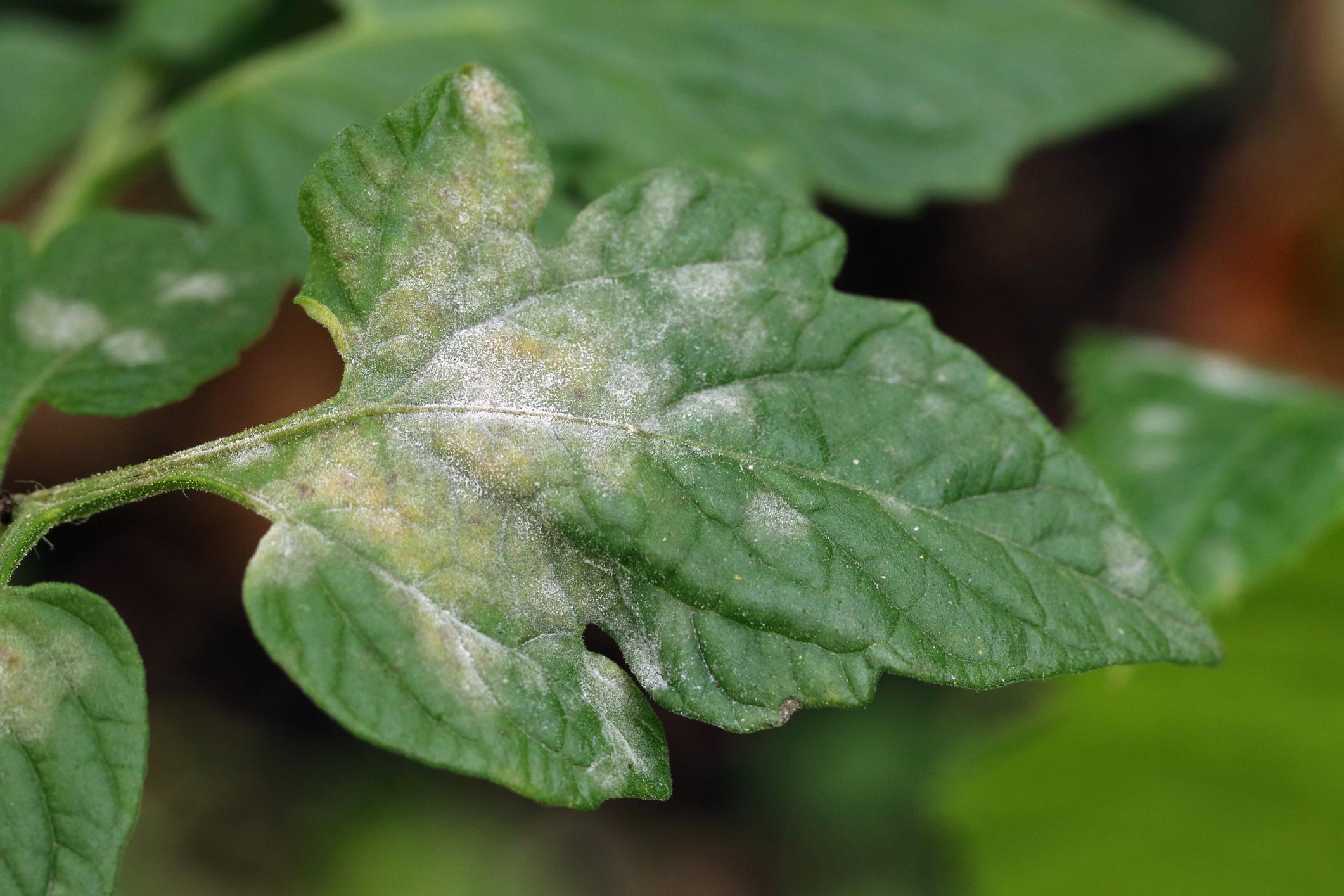
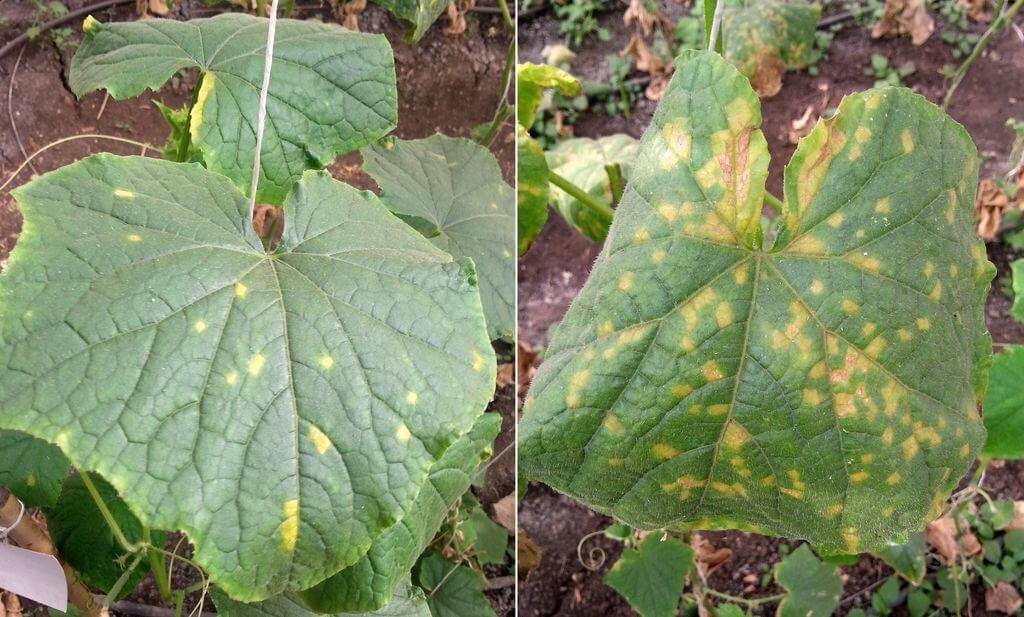
- Powdery Mildew : This one's quite easy, as it looks like white mold starts covering your plant. Don't cry.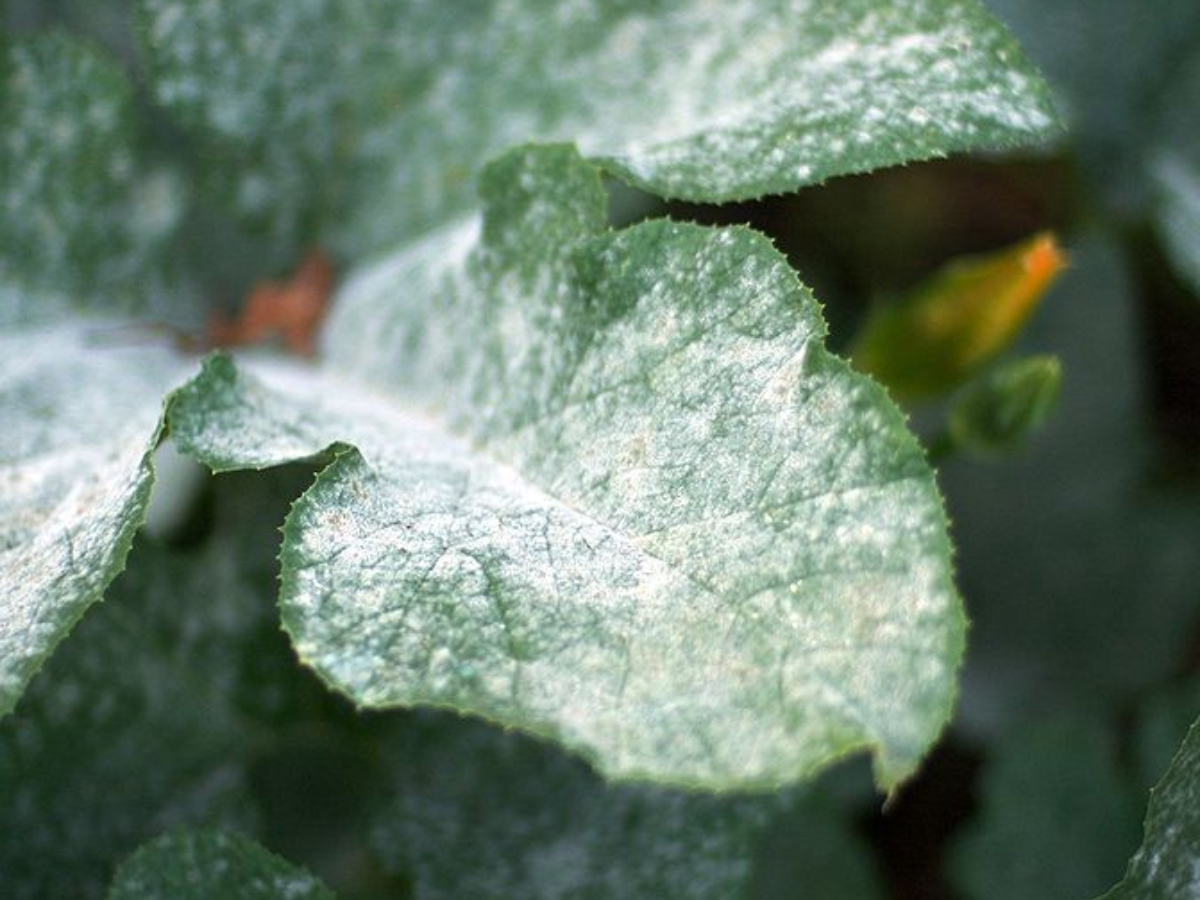
- Leaf spots : As its name indicates it, spots appear on the leaves. Black, brown, red or even yellow... but these aren't new variegations.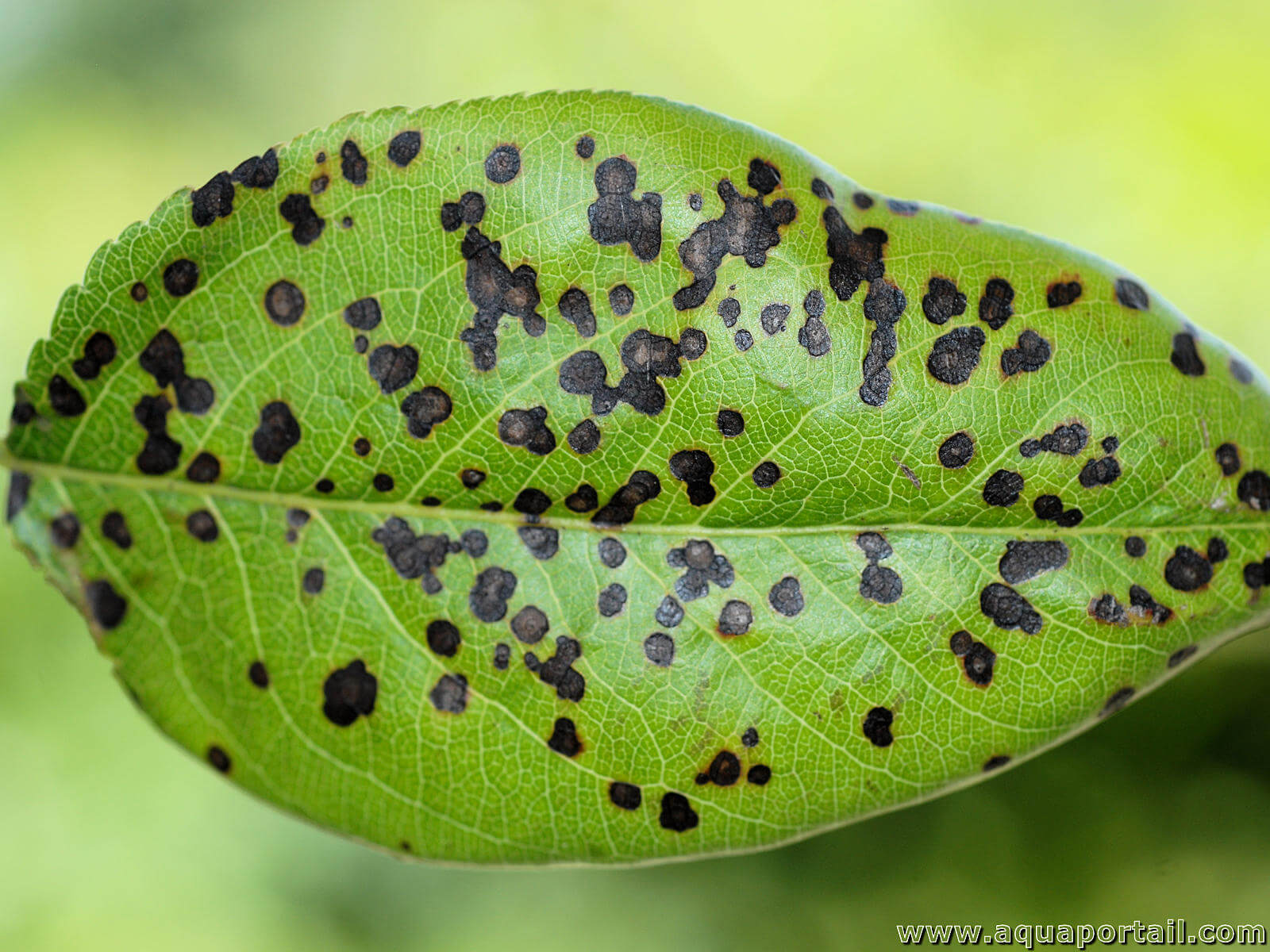
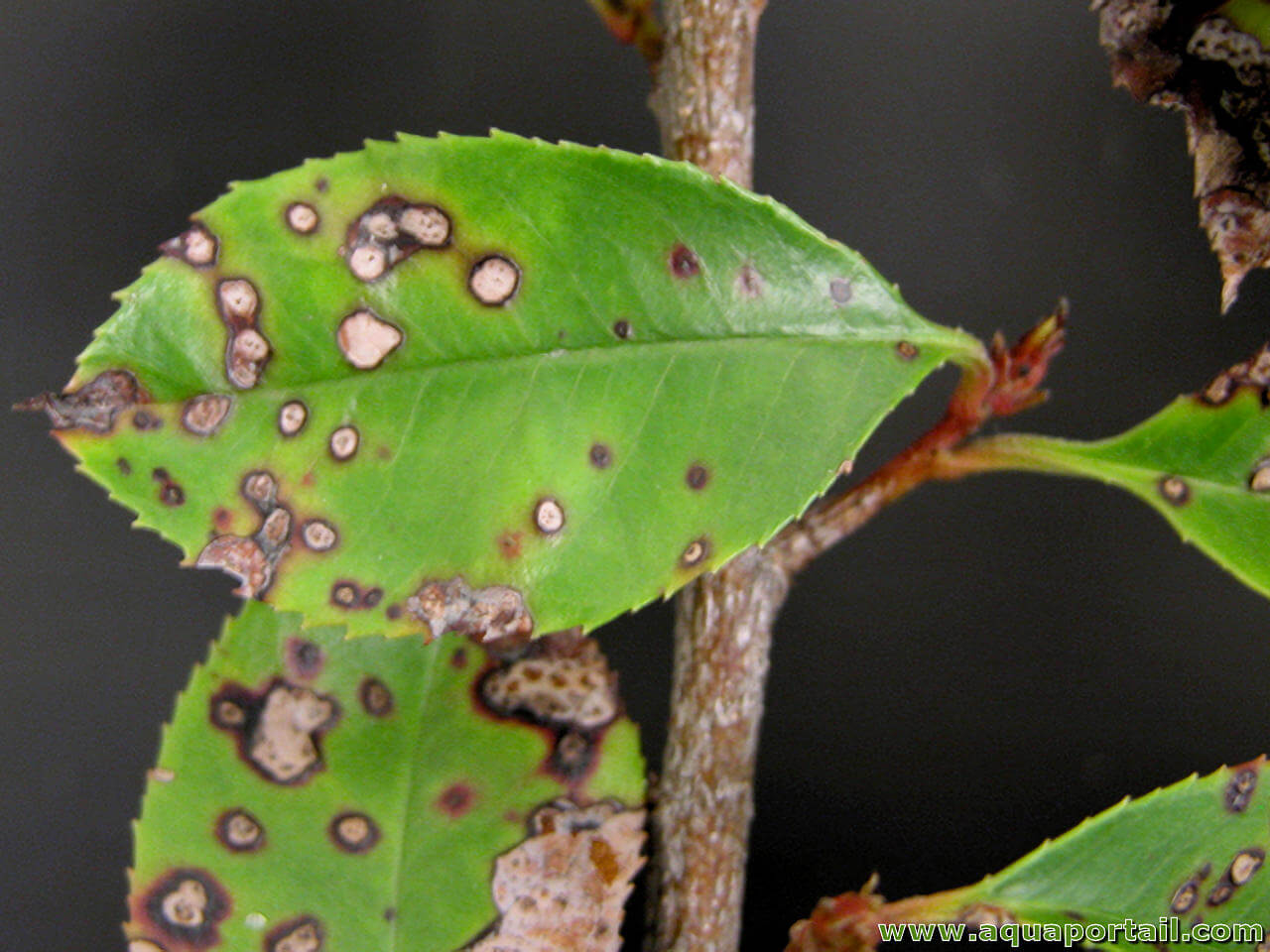
There are dozens of others, but these are probably the most frequent ones.
Now the question is: how to treat them? Some options below, all involving to cut the most damaged leaves..
- Horsetail decoction : Just think of it as an ifusion: 100g of fresh horsetail for 1L of water. Let it boil 15min, put the water in a sprayer and spray away on the whole plant. Horsetail manure works well too. Also spray the plants that aren't infected yet: this is a good preventive move as the illness spreads easily.
- Disolve 1 spoon of baking soda and one olive oil spoon in 1L of water. Spray your friends like there's no tomorrow.
- Sulfur : Probably the most radical option, exists in different shapes and usages, follow the indications on the one you buy.
Beware, never throw away the leaves you cut in your compost or near your plants. Burn them, are throw them in a container far away. - Other leaf problems
- Here is a summary of little troubles you might encounter along the way as a plant parent.
Note these are only indications, each situation can be different and a same effect can be from different causes.
- Brown and dry leaf-tips
Quite frequent, especially on pointy and/or particularly big leaves.
Nothing to be alarmed for, it usually simply is a lack of humidity. Increase the humidity around the plant with wet clay pebbles and by spraying their leaves with fresh water twice a week. It won't become green again, but the new leaves will feel better.
It could also be a result of a too heavy soil, in which case you can try and change it, or the result of a misplaced plant (cold airstream from a window, direct sun lasting too lond and burning the leaves...).
Try to figure out which cause fits best with your habits and resolve it as indicated. If the aesthetics of this dry tip are unpleasant to you, you can still cut the leaf away but there's nothing bad about keeping them.
- Brown and sluggish leaves
Sometimes, you might find a leaf that is turning completely brown and, when touching it, realizing it is quite soft and sluggish. It usually is due to overwatering: make sure there is no water stagnating under your pot, and the soil isn't soaking wet. If it is, you should change it... or at least let it dry properly before rewatering the plant.
It can also be due to a poor and packed soil, which usually gets like that with time. In which case you can renew it next spring and let the magic work.
- Pale and yellowing leaves:
If the leaves turn yellow (and then usually fall off) it can be due to several problems.
If you only loose the smallest leaves at the bottom, while the other ones keep thriving, it might simply be the lifecycle of the plant.
However, if the whole plant turns yellow, there can be several deficiencies; a lack of fertilizer, too much calcareous water, simple lack of water (or too much of it: simple to identify if you check the soil and see how wet or dry it is).
Once your problem is identified, we suggest to cut off the yellow leaves so the plant can concentrate on the future ones.
Also note that, with less light in winter, some plants get a little yellow and lose some leaves. Don't worry, keep caring for them, and they'll get back to their original energy in Spring.
- Droopy leaves:
Probably due to a lack of watering, check the soil regularly to see how quickly it gets dry (by putting the tip of your finger in it). Add water when it is the case, and if the situation doesn't get better, maybe add some fertilizer.
- Falling leaves:
Sometimes, totally healthy leaves just fall off and say bye. Maybe you overwatered it, check the soil and make sure it isn't soaking wet. If it is, rectify your watering. If it isn't, try repotting your plant and a new soil.
- My variegated plants stop variegating
It usually happens if its environment isn't bright enough. Don't forget the most brightness they can, the most variegations they'll get too.
Sometimes it is also due to the plant turning back to its original state: this is super rare, but for some plants, variegations can be a bit fragile.
NB : We don't talk about eventual insects or mites here, but when noticing problems on the leaves, check them very closely to verify there isn't something wandering in there. If it's the case, check our other articles where we explain the treatment for those ones.
Be brave, your plant will be perfect again super soon.